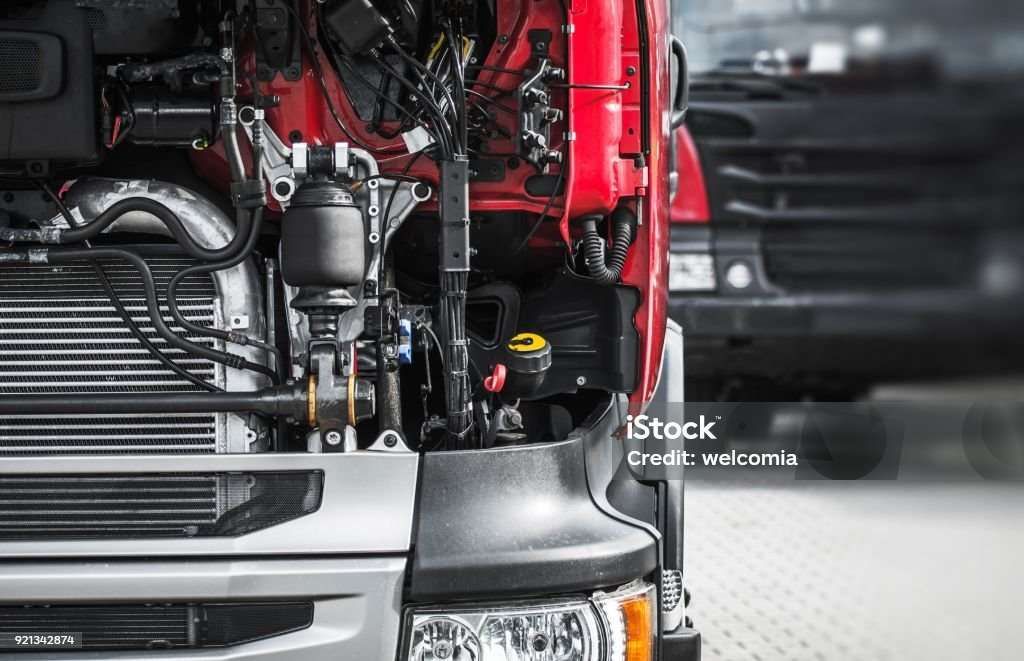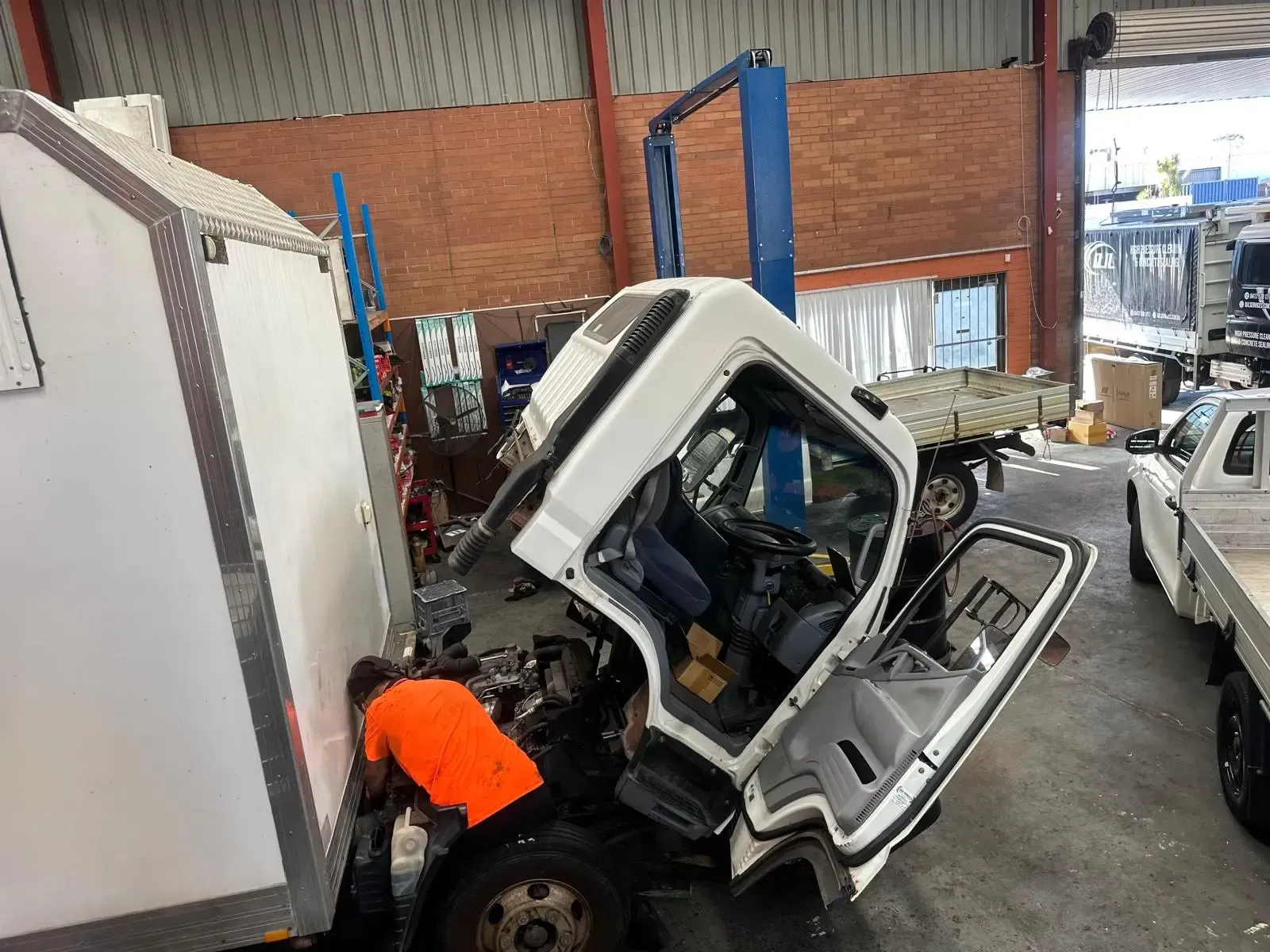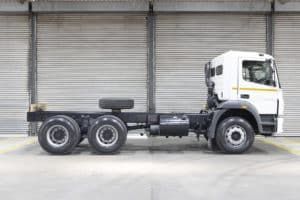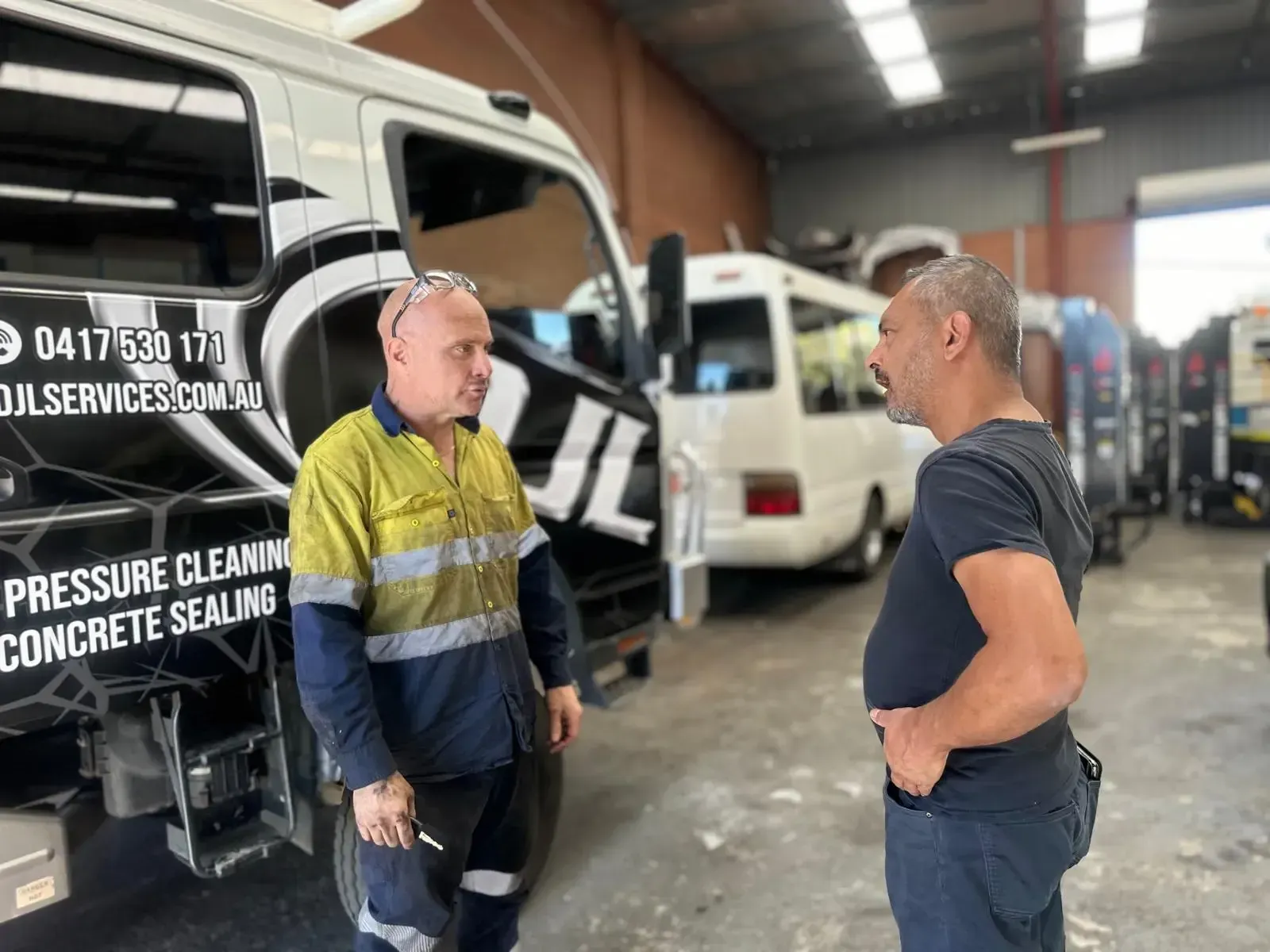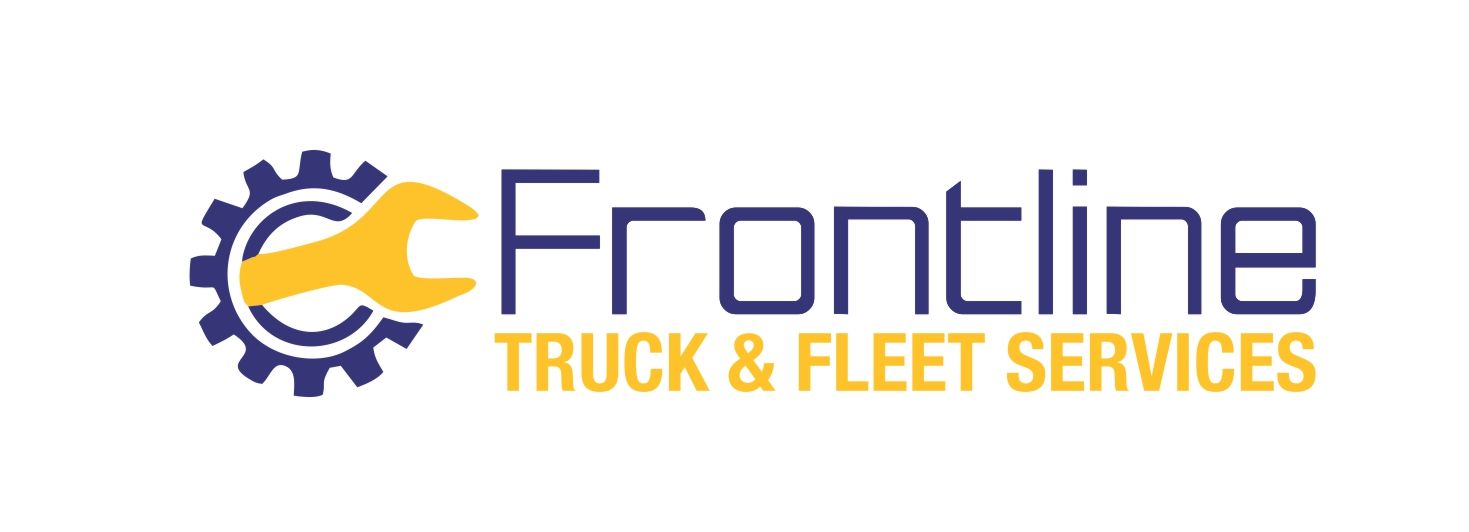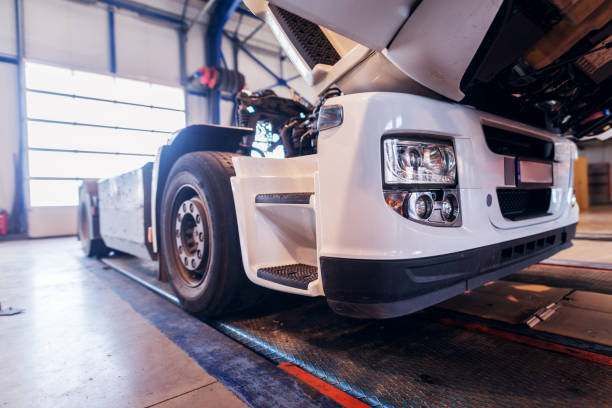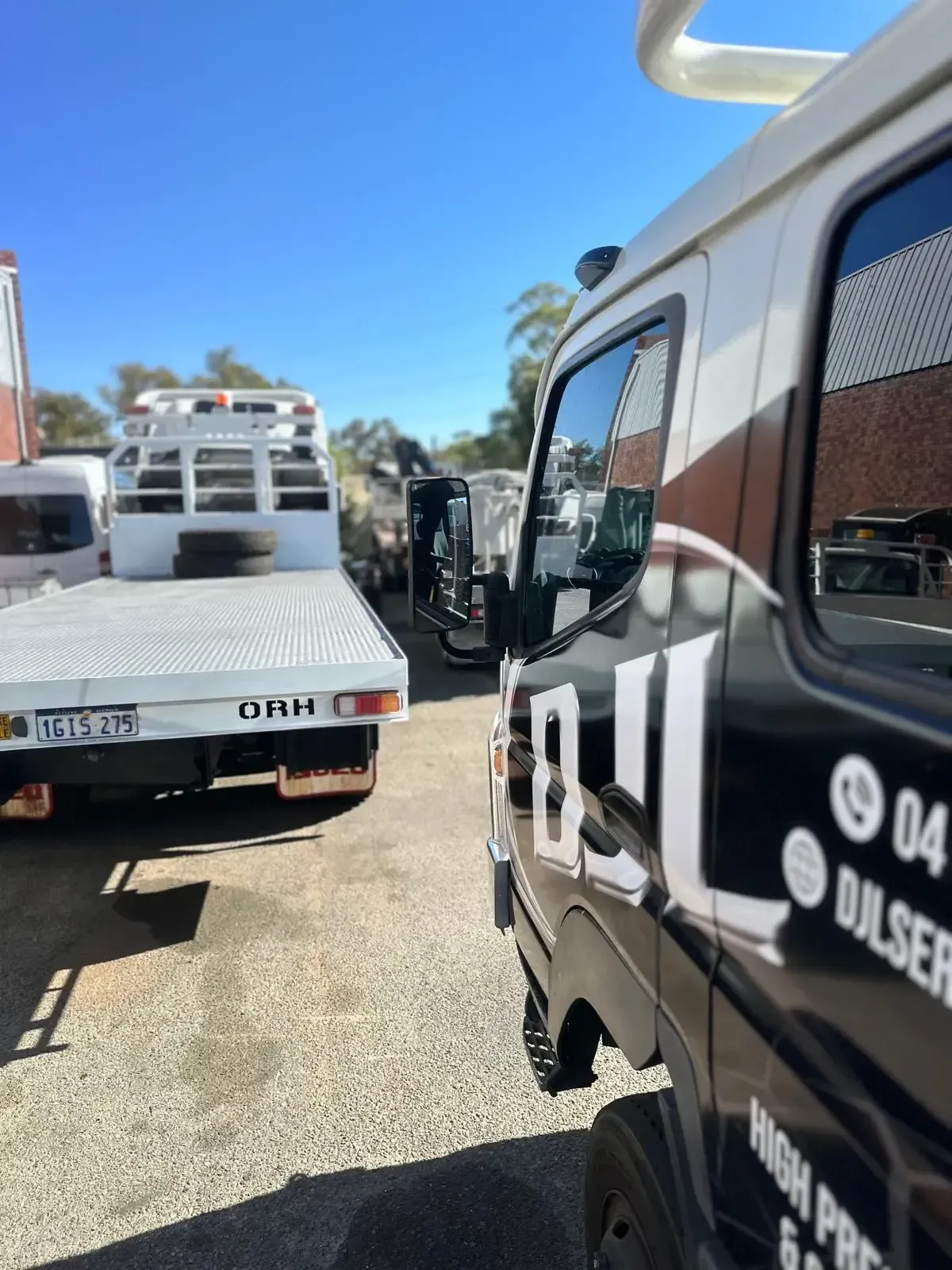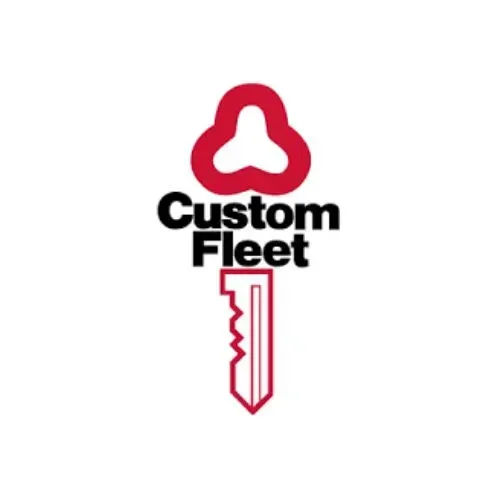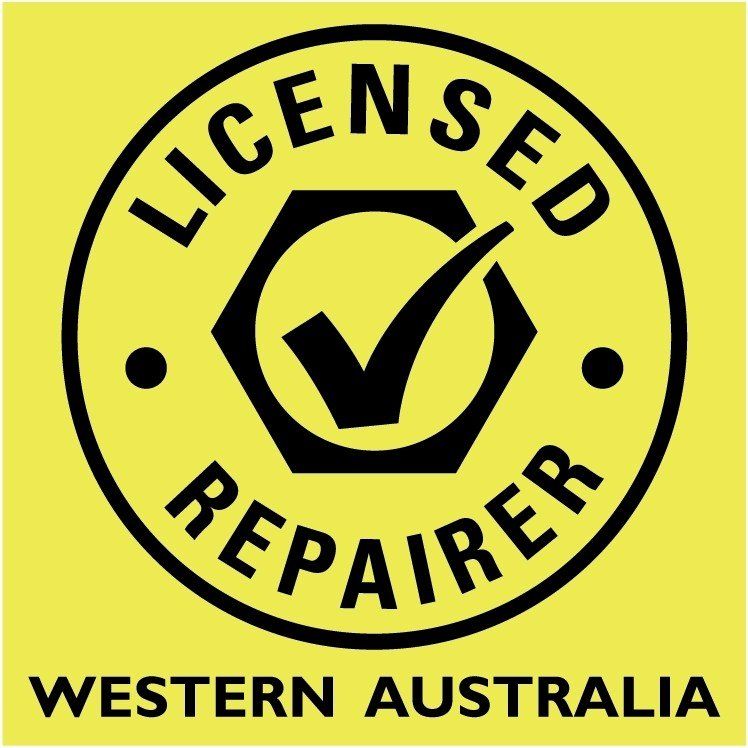Troubleshooting Common Issues in Heavy-Duty Truck Suspension Systems
When it comes to maintaining the reliability and performance of heavy-duty trucks, the suspension system plays a crucial role. A faulty suspension can lead to compromised vehicle control, uneven tyre wear, and, ultimately, costly repairs. For businesses in need of truck repairs in Perth, understanding how to troubleshoot and address common suspension problems can save time and money, while ensuring trucks remain safe and roadworthy.
In this article, we explore the technical approach to diagnosing and repairing issues with air springs, shock absorbers, and leaf spring systems, all critical components of heavy-duty truck suspensions.
Identifying Air Spring Issues in Heavy-Duty Trucks
Air springs, commonly found in heavy-duty trucks, provide a smoother ride and help distribute weight evenly across the axles. However, over time, air springs can develop leaks or suffer from pressure imbalances. Here’s how to troubleshoot common air spring issues:
1. Air Leaks
- Symptom: If the truck’s suspension feels less responsive, or if one side sits lower than the other, the air springs may be leaking.
- Diagnosis: Conduct a thorough inspection of the air springs for visible signs of wear, cracks, or punctures. Use a soapy water solution to spray on the air springs and fittings; bubbles forming around the suspension indicate a leak.
- Repair: Small punctures can sometimes be patched, but in most cases, replacing the damaged air spring is recommended to avoid further issues.
2. Compressor Failure
- Symptom: If the entire suspension system feels too soft, or the truck fails to maintain the desired ride height, the air compressor may be malfunctioning.
- Diagnosis: Use a pressure gauge to check the system’s air pressure. Low pressure indicates a compressor issue or a system blockage.
- Repair: Inspect the compressor for wear or electrical issues. If the compressor is not functioning, it may need to be replaced or rebuilt to restore normal air pressure to the system.
Troubleshooting Shock Absorber Failures
Shock absorbers are essential for controlling suspension movement and ensuring a smooth ride. Heavy-duty trucks rely on robust shocks to handle the stress of road conditions, but these components can wear out over time. Here’s how to identify and resolve shock absorber problems:
1. Oil Leaks from Shocks
- Symptom: Visible oil leaks around the shock absorbers and a noticeable decline in ride quality, including excessive bouncing, are signs of worn shocks.
- Diagnosis: Inspect the shocks for oil leakage. Shocks contain hydraulic fluid, and any signs of oil around the shocks indicate seal failure.
- Repair: Once shock absorbers start leaking, they lose their damping ability. Replacement is typically the most effective solution.
2. Worn Bushings
- Symptom: Knocking noises from the suspension, particularly when driving over rough terrain, may be caused by worn shock absorber bushings.
- Diagnosis: Check the bushings at the mounting points of the shocks. If they appear cracked or deteriorated, this could be causing noise and reduced stability.
- Repair: Replacing worn bushings will restore proper shock mounting and reduce noise, improving overall ride quality.
3. Excessive Bouncing or Swaying
- Symptom: If the truck bounces excessively after hitting a bump or sways more than usual, it’s likely the shocks have lost their damping power.
- Diagnosis: Perform a bounce test by pushing down on one corner of the truck. If the vehicle continues to bounce after releasing pressure, the shocks are likely worn.
- Repair: Replacement is the best course of action, as worn shocks cannot be repaired effectively.
Diagnosing Leaf Spring Problems
Leaf springs are critical for supporting the truck’s load and maintaining proper ride height. Heavy-duty trucks often use leaf springs in their rear suspension systems due to their durability. However, leaf springs can weaken or break under excessive stress. Here’s how to troubleshoot and repair common leaf spring issues:
1. Broken or Cracked Leaf Springs
- Symptom: A sagging suspension, uneven ride height, or loud clunking noises may indicate a broken leaf spring.
- Diagnosis: Conduct a visual inspection of the leaf springs for cracks or breaks. Pay attention to whether any leaves are separated or bent.
- Repair: Broken or cracked leaf springs must be replaced. Replacing the entire spring pack is often recommended to ensure balanced suspension performance.
2. Worn or Loose U-Bolts
- Symptom: Clunking noises and shifting of the rear axle during acceleration or deceleration can indicate loose or worn U-bolts.
- Diagnosis: Inspect the U-bolts that hold the leaf spring pack to the axle. If they appear loose or damaged, they may be causing instability.
- Repair: Retorque or replace U-bolts as necessary to secure the suspension and prevent further damage to the leaf springs.
3. Spring Eye Bushing Failure
- Symptom: Excessive play in the suspension and knocking sounds, particularly during cornering, may result from worn spring eye bushings.
- Diagnosis: Inspect the bushings at the ends of the leaf springs for signs of wear or damage.
- Repair: Replace worn or damaged bushings to restore proper suspension function and eliminate noise.
Preventative Maintenance for Truck Suspensions
Regular maintenance is key to preventing costly suspension repairs and ensuring optimal performance. For businesses seeking truck repairs in Perth, incorporating a routine suspension inspection into their maintenance schedule can help identify problems early. Key aspects of maintenance include:
- Checking air pressure in air springs regularly to ensure proper inflation.
- Inspecting shock absorbers for leaks and wear every 12 months or 50,000 km.
- Tightening U-bolts to maintain the integrity of the leaf spring system.
By addressing suspension issues promptly, businesses can avoid more significant damage, reduce downtime, and extend the life of their trucks.
Conclusion
Troubleshooting suspension problems in heavy-duty trucks involves a thorough understanding of the system’s components, including air springs, shocks, and leaf springs. Whether it’s identifying air leaks, diagnosing shock absorber failure, or replacing damaged leaf springs, proper inspection and timely repair are crucial for maintaining a safe and smooth ride. For businesses requiring expert truck repairs in Perth, partnering with a skilled service provider can help ensure long-term reliability and minimise operational disruptions.
